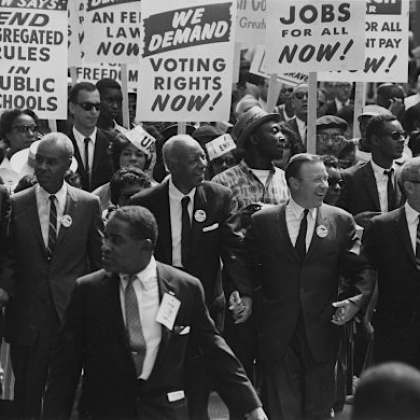In Search of Teachers’ Perspectives in the 19th century Quincy School Reform Story
This blog accompanies Jeremy T. Murphy’s History of Education Quarterly article ‘From Teacher Improvement to Teacher Turnover: Unintended Consequences of School Reform in Quincy, Massachusetts, 1872–1893‘
My recent article in History of Education Quarterly explores how teachers in nineteenth-century Quincy, Massachusetts navigated a child-centered reform known as the Quincy Method.[1] The reform—introduced by Francis Wayland Parker, who John Dewey would later call “the father of progressive education”—broke from the rote memorization characteristic of so many schools at the time and emphasized experiential, hands-on learning. The Quincy Method has been heralded as an early instance of a successful progressive reform. A focus on teachers, however, tells a more complicated, cautionary tale of the reform’s unintended consequences.
Examining a range of primary sources, I found that several Quincy teachers used the expertise they gained from the Quincy Method to secure higher-paying posts elsewhere. In a labor market beset by mediocre, minimally trained teachers, Quincy’s held a certain cachet. Wealthier school districts eagerly sought their services. And when Quincy failed to offer its prized pedagogues more competitive salaries, turnover overwhelmed its schools and jeopardized their novelty. Though Quincy teachers’ entries in other school districts may have brought child-centered instruction beyond Quincy, teachers typically entered systems poorly organized to sustain what had made them so valuable in the field.
My findings underscore how critical teachers are in the school reform story. When we fail to see reform from the perches of these vital agents—who can ultimately determine a reform’s fate—we miss a major piece of the reform story. This is an accepted truth in scholarship on implementation. Putting it into practice in historical research, however, is easier said than done. After all, nineteenth-century teachers seldom left extensive paper trails. When they did, their accounts rarely detailed encounters with instructional change at the classroom level.
Accordingly, the greatest discomfort I confronted in my research was telling a story about teachers’ decision-making without finding that decision-making discussed by teachers firsthand. Teachers’ strategic use of innovation in Quincy for economic and professional ends was clear. I discerned it across district resignation data, various documentation of departing teachers’ subsequent whereabouts, the committee’s anxious annual reports, the local newspaper’s pleas to raise teachers’ salaries amid the constant churn of teachers. Hearing about these trends from Quincy teachers themselves was another question.
Complicating matters, the personal accounts by teachers I did find hardly ever deepened the familiar story told by reformers. Early on in my research, for example, I came across a series of columns in The Journal of Education auspiciously titled “The Quincy Method—By One Who Was In It.” I thought the columns might, from a teacher’s vantage point, chronicle the reform’s ups and downs, how teachers negotiated it, and so on. No such luck. The account only recycled the same hype peddled by Quincy’s promoters. It focused almost entirely on the school committee’s gumption and the fame Quincy attracted. Other, shorter testimonials I found proved largely similar; while teachers attested to the Quincy Method’s impact on their classroom craft, they mostly heaped praise on Francis Parker.
When I conduct qualitative research, I can speak with teachers directly about their complex relationships with school reform. I can visit their classrooms and observe the vagaries of implementation in action. I wish I could have done the same with the teachers in my paper, who too often remain little more than names in school reports. I’d like to eavesdrop on their conversations after dismissal with superintendents of wealthier districts, or stand among visitors hulking up in the corners of their classrooms to observe their work firsthand. Historical research doesn’t allow for such luxuries. We make inferences. It is cautious, uncertain work. Still, it is worth the trouble to gain a more complete picture of the past. Relying only on the reformer’s version of the truth delivers a very different history.
[1] Jeremy T. Murphy, “From Teacher Improvement to Teacher Turnover: Unintended Consequences of School Reform in Quincy, Massachusetts, 1872-1893,” History of Education Quarterly, 1-31. doi:10.1017/heq.2021.20.
Main image: “The School House 1870,” First Century of National Existence (Hartford, CT: L. Stebbins, Dewing & Co., 1873). Hathitrust.org.





